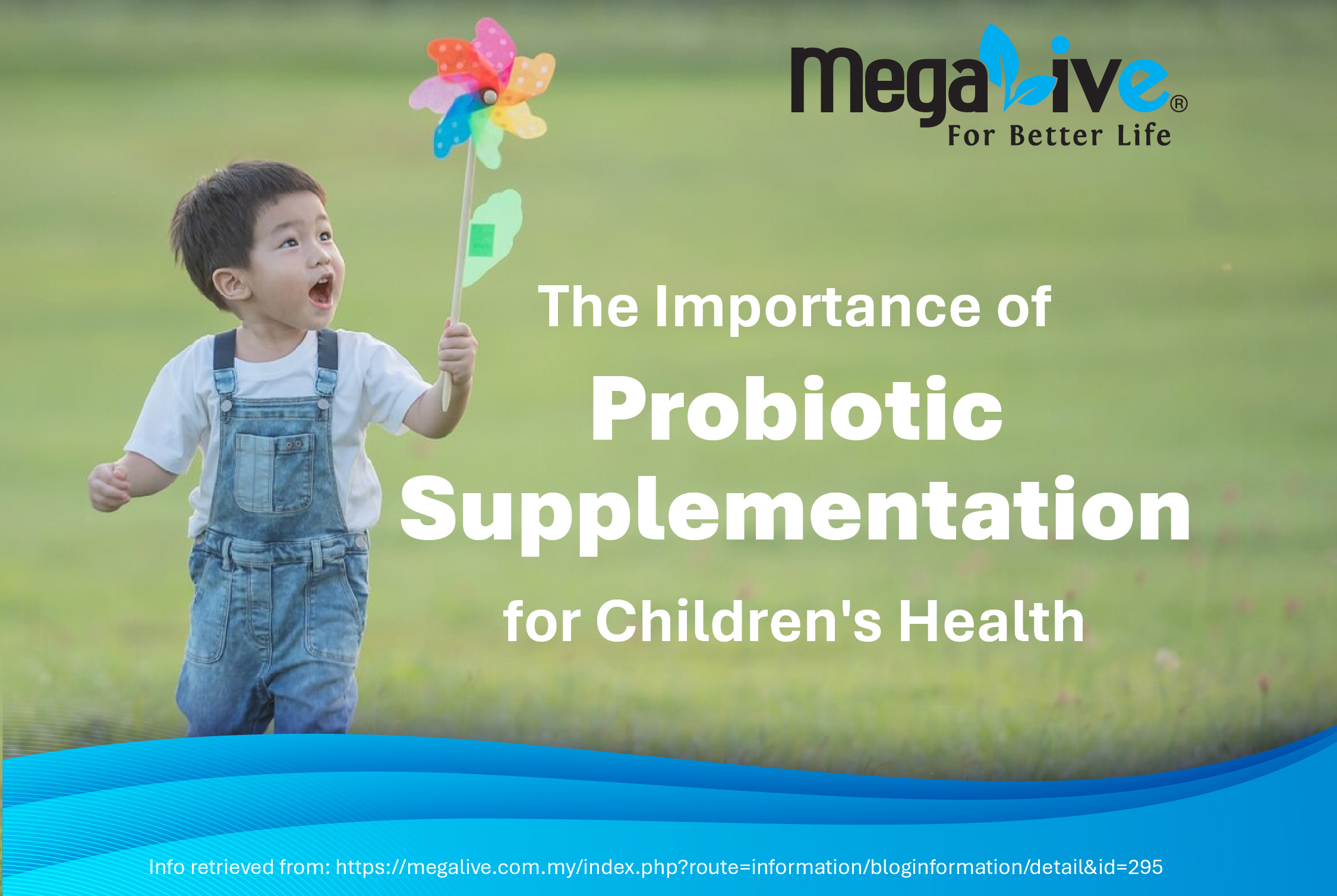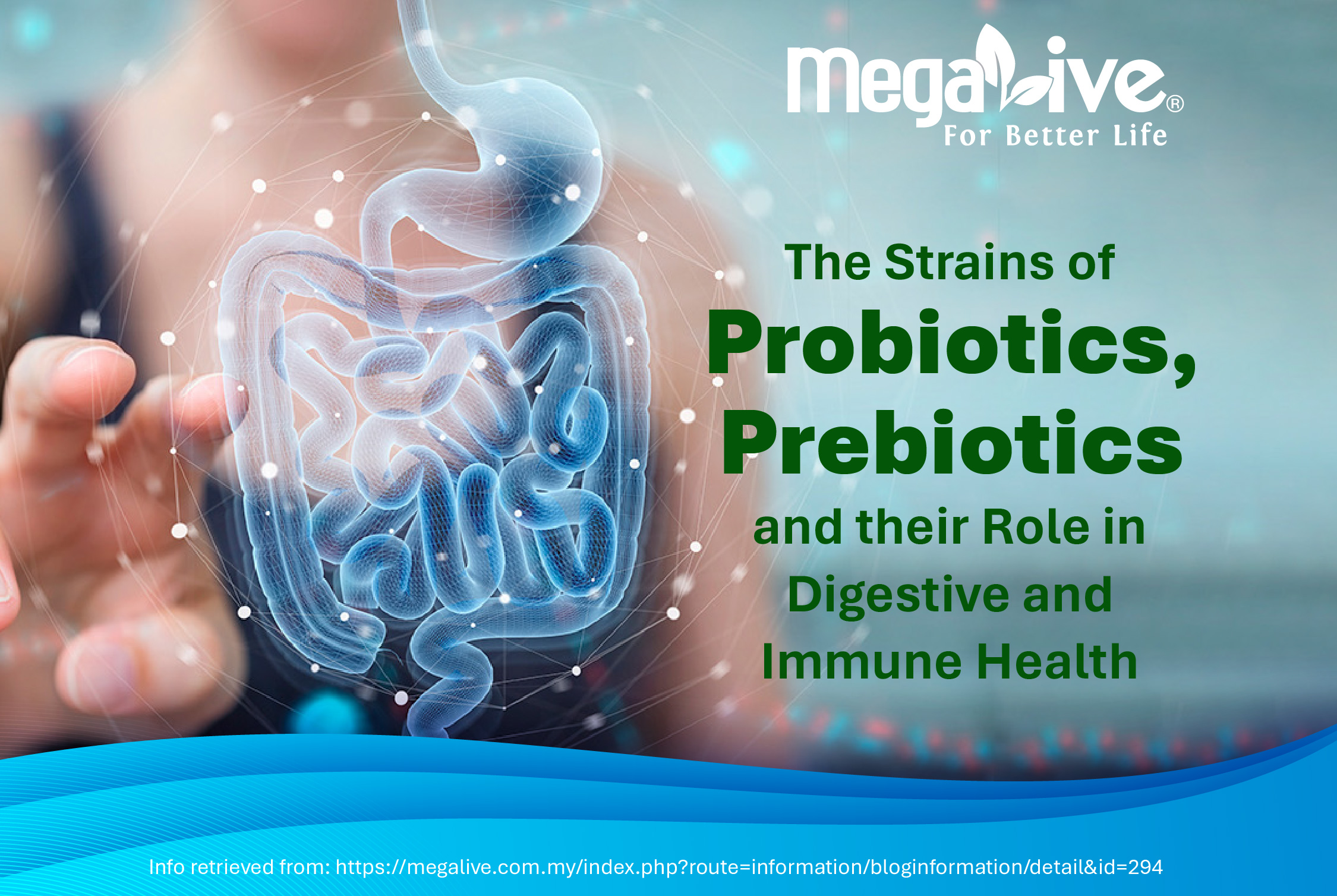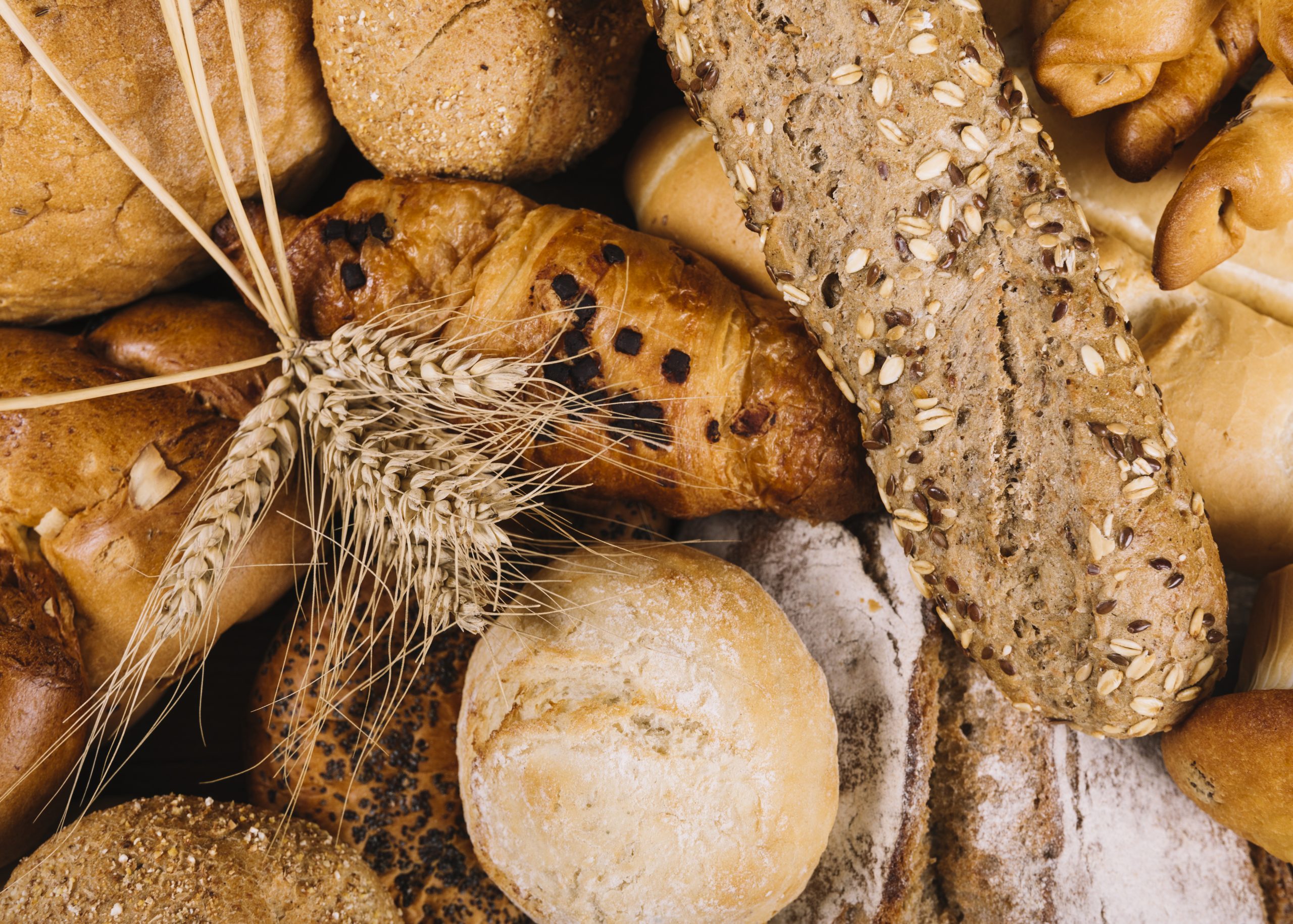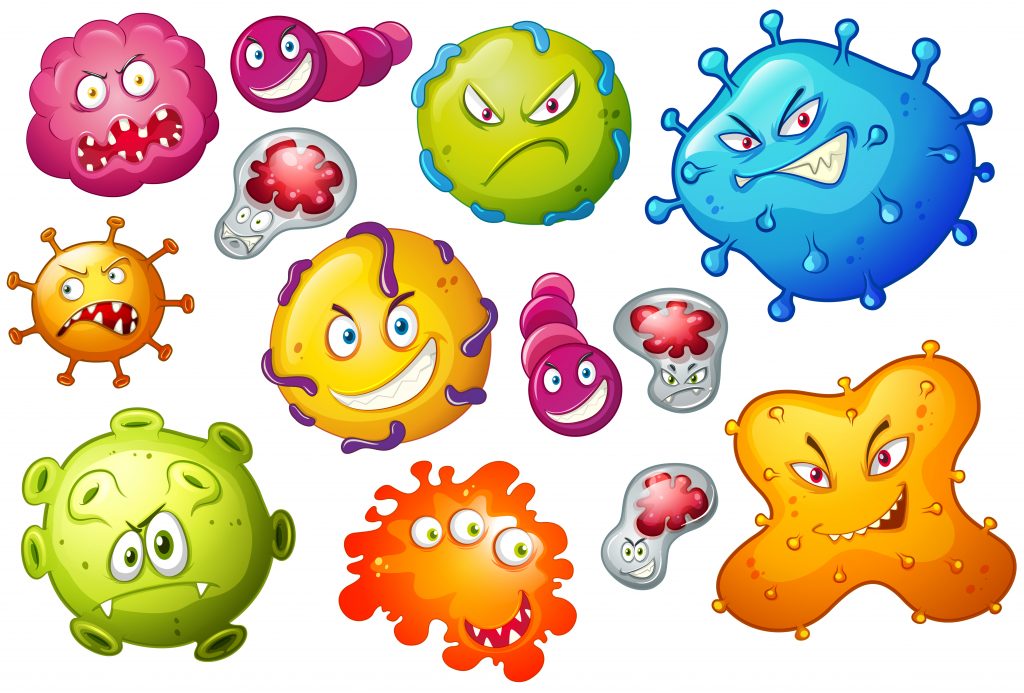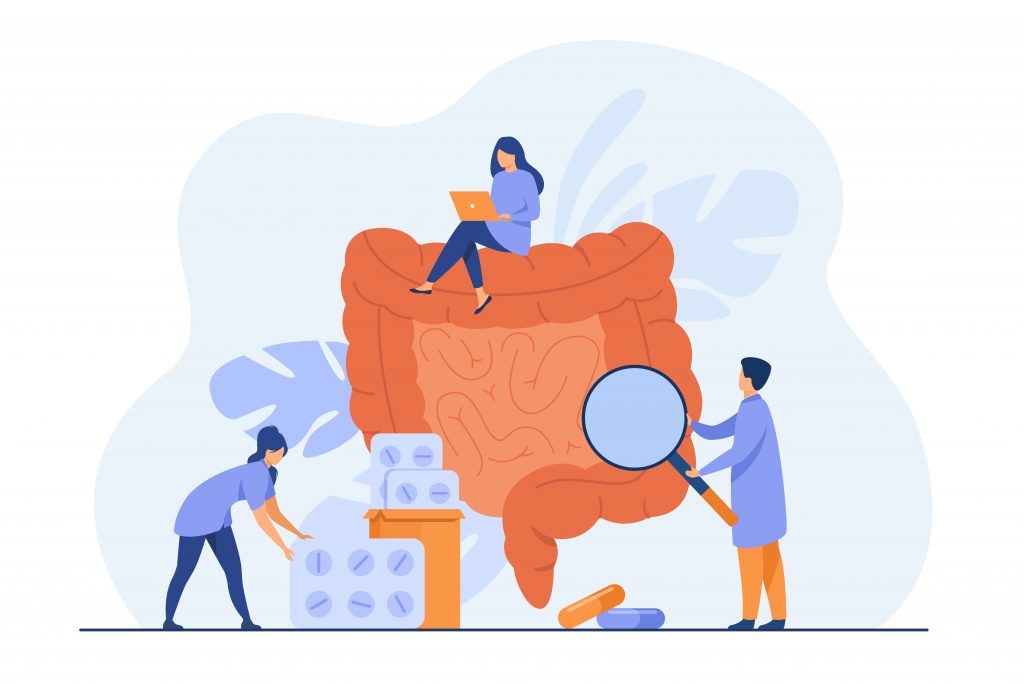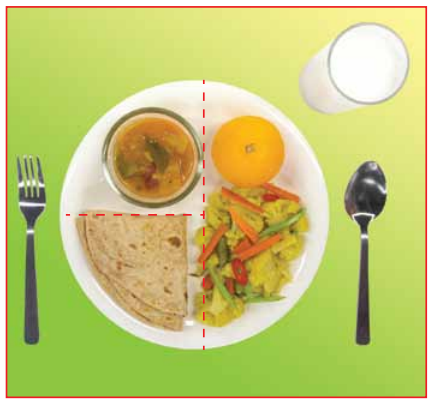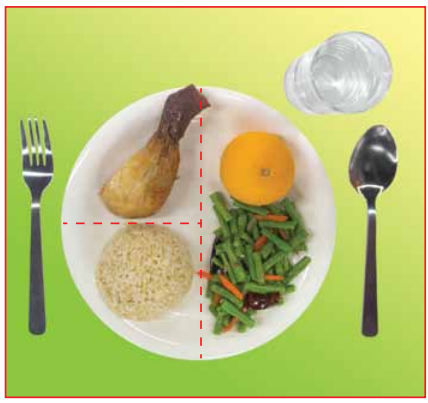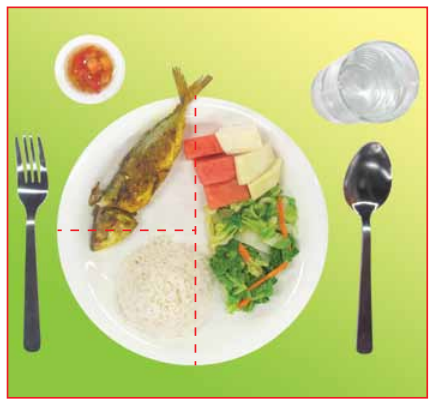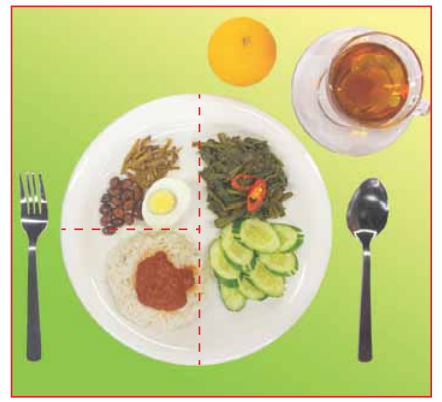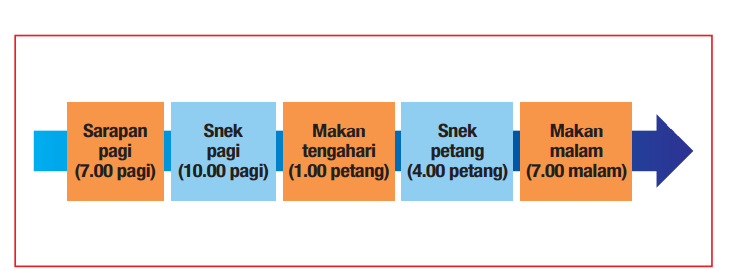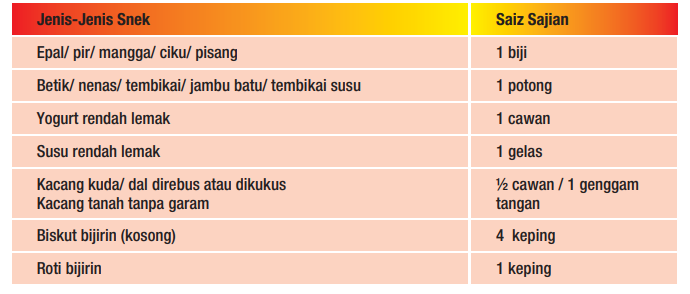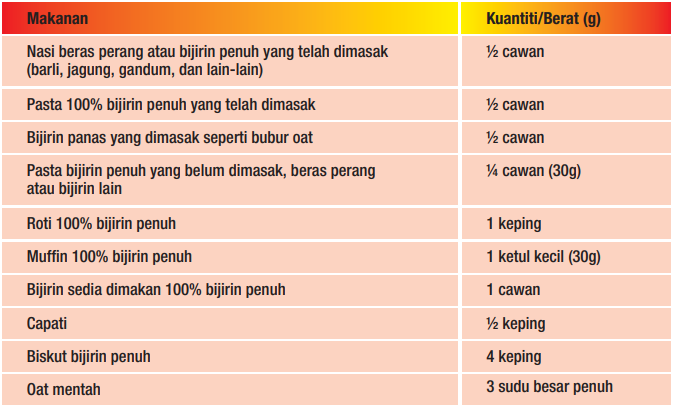Probiotics may contain variety of microorganisms. The most common are Lactobacillus and Bifidobacterium. There are also other bacteria being used as probiotics (e.g.: Saccharomyces boulardii.)
According to studies, different types of bacteria exert different effect to human body. Therefore, choosing the right strains and types of probiotics is essential for it to works on the said health concern.
How does probiotics help to maintain health?
There are variety of ‘bugs’ that coexist naturally in the body such as bacteria, fungi, parasite and viruses, these are what scientists refer to as microbiome. In the body of a healthy person, all these bugs coexist peacefully. The role of the microbiome is to promote smooth daily operation of human body. However, conditions such as infectious illness, certain diet, prolonged use of antibiotics and/or other bacteria-destroying medications, can lead to body becoming more susceptible to diseases.
Due to this, scientists believe that consumption of probiotics influence bacteria colonization process, which can lead to speedy restoration of healthy microbiome and lower risk of being sick.
Probiotics and COVID-19?
Probiotic is link with COVID19 due to its ability to boost the immune system. Currently, most extensive researched on probiotics include Lactobacillus, Bifidobacterium, Escherichia Coli, Enterococcus, etc. Although probiotics mechanism profoundly focuses on the gastrointestinal tract, the effect of probiotics is not confined to the digestive system only. Probiotics can act on the entire body via immune modulation. Not only that, it also facilitate the immune system development and maturation and regulate the interaction between host and pathogen by killing the pathogen and regulate the immune responses towards it.
One might argue that, but COVID-19 is a viral infection unlike others. A systematic review described probiotics’ efficacy against viral diseases where more than 20 strains of probiotics showed the anti-inflammatory effects on the body and antibody production against viruses.
Moreover, study found out that viral loads were lowered upon probiotics supplementation, it is postulated due to immune modulation by microbiota that fights against COVID-19 directly and decrease the risk of secondary infections due to prolonged antibiotics exposure from multiple experimental COVID19 treatment.
China’s National Health Commission recommended probiotics for severe COVID-19 patients to restore the intestinal balance and protect from secondary infections. Moreover, gut microbiota’s role in modulating lung diseases has been demonstrated.
In conclusion, scientists in this study suggest that many more studies should be established on the effectiveness of using probiotics as prevention and especially treatment of COVID-19. As of now, apart from practicing social distancing, wearing mask, adhere to the standard operating procedure (SOP), individuals may also benefits from probiotics rich foods and supplementation for its boosting immunity properties and fight against COVID-19.
Reference
- Kurian, S. J., Unnikrishnan, M. K., Miraj, S. S., Bagchi, D., Banerjee, M., Reddy, B. S., Rodrigues, G. S., Manu, M. K., Saravu, K., Mukhopadhyay, C., & Rao, M. (2021). Probiotics in Prevention and Treatment of COVID-19: Current Perspective and Future Prospects. Archives of medical research, 52(6), 582–594. https://doi.org/10.1016/j.arcmed.2021.03.002




